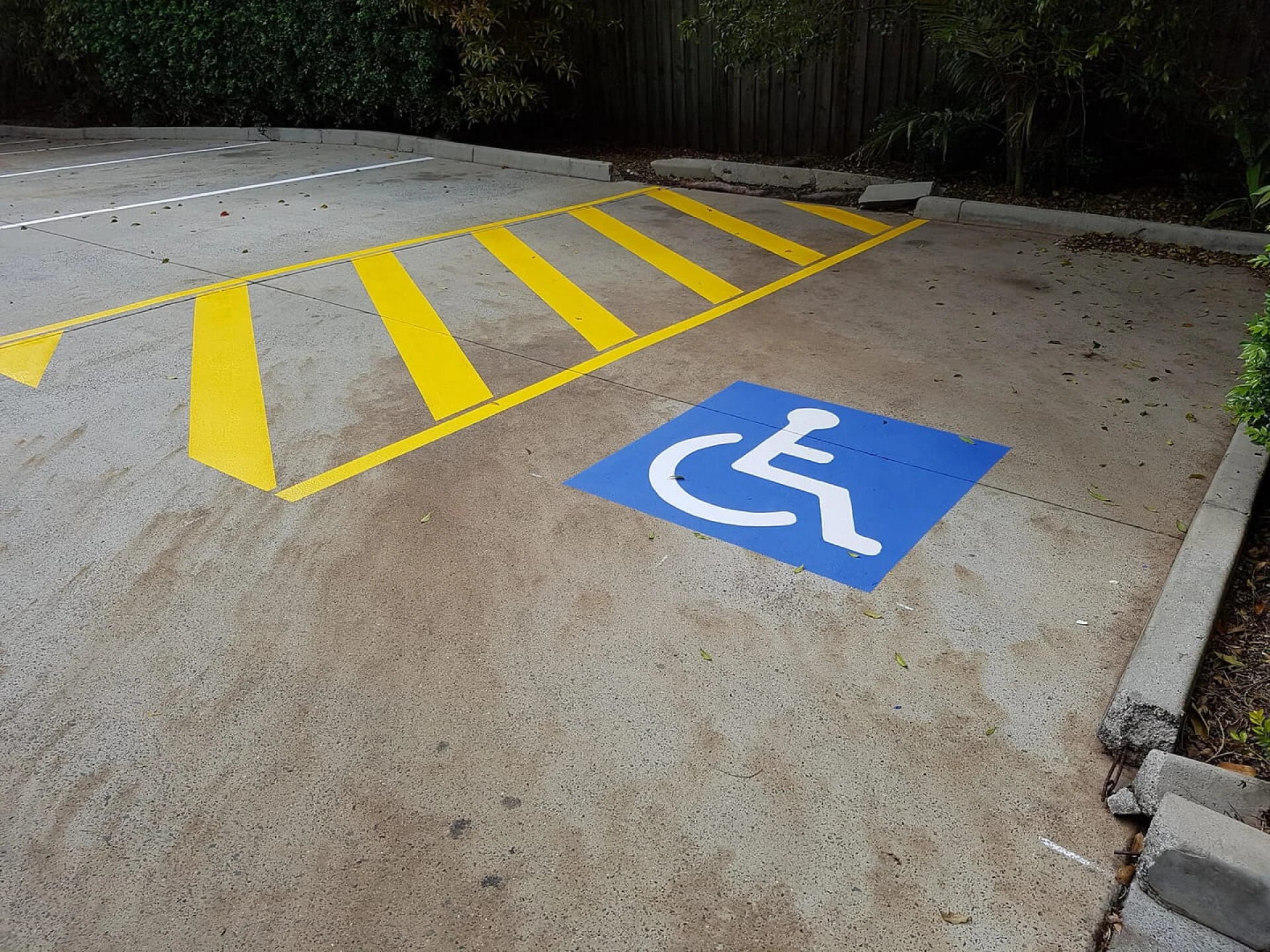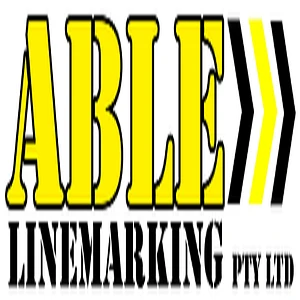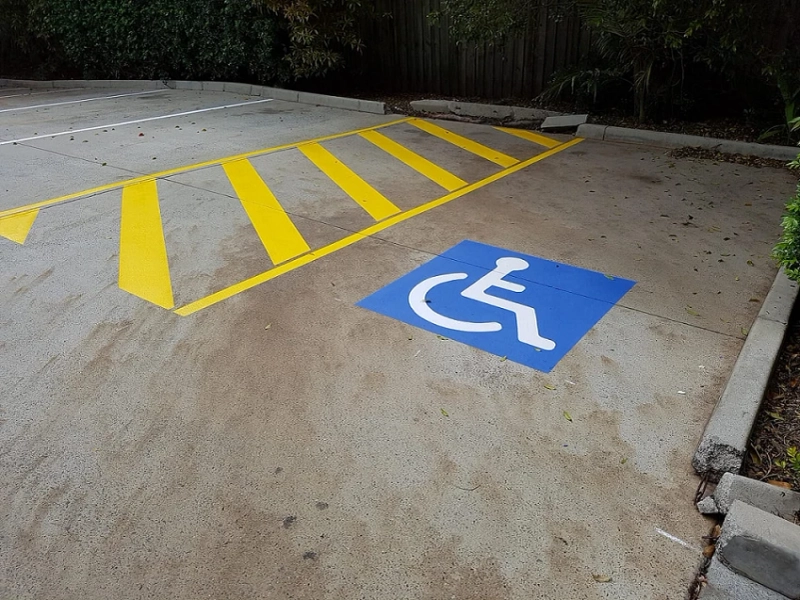Imagine walking through a busy parking lot, a warehouse, or even a sports court without clear lines or signage. It would be total chaos, right? That’s where line marking steps in as the unsung hero. It’s more than just paint on a surface—it’s an essential element in maintaining order, enhancing safety, and streamlining navigation in both public and private spaces. Whether you're managing a commercial facility, a school, or a logistics hub, line marking plays a crucial role in how people and vehicles move and operate within your environment.
In this guide, we’re going to explore everything you need to know about line marking—from its various applications to the best materials and techniques. You’ll also learn how it improves workplace productivity, enhances safety standards, and helps you stay compliant with legal regulations. Let's dive in and see why line marking deserves way more credit than it usually gets.
What is Line Marking?
At its core, line marking involves applying markings—typically lines, arrows, symbols, or other visual cues—on surfaces like roads, parking lots, warehouses, factories, playgrounds, and sports fields. These markings serve to guide movement, indicate hazards, and designate areas for specific functions.
But don’t mistake it for a simple DIY paint job. Professional line marking requires an understanding of surface materials, weather resistance, visibility standards, and sometimes legal compliance. It’s a blend of science, art, and regulatory know-how.
Why Line Marking Matters
The benefits of line marking go far beyond aesthetics. It's about control, safety, and operational flow. Think of a warehouse without any floor markings. Workers wouldn’t know where to store items, walkways would be unclear, and accidents could become frequent. Similarly, on roads or parking lots, poor or faded markings can lead to confusion and potentially dangerous situations.
Proper line marking can also significantly enhance productivity. In industrial settings, clear aisle markings help organize inventory and define forklift paths. This not only speeds up operations but also minimizes the chances of human error and equipment damage.

Applications of Line Marking
One of the most versatile aspects of line marking is its wide range of applications across industries. Line marking is commonly used in areas like:
- Roads and highways: For traffic lanes, pedestrian crossings, and directional arrows.
- Car parks: To define parking bays, no-parking zones, and accessible spaces.
- Warehouses and factories: To designate pathways, storage zones, and machinery areas.
- Sports courts: For layout of courts and playing fields, ensuring games follow proper rules.
- Schools and playgrounds: For both safety and educational purposes, like hopscotch grids and running tracks.
These diverse applications underline the importance of tailored solutions depending on the setting and intended use. For example, warehouse floors demand markings that withstand heavy traffic, whereas sports courts require precision and durability for intense physical activity.
Choosing the Right Materials
Material selection is one of the most important factors in effective line marking. Different surfaces require different solutions. For outdoor areas, thermoplastic or two-part epoxy paints are popular due to their durability and resistance to weather elements. For indoor use, such as in warehouses or sports centers, water-based acrylics or solvent-based paints are more common.
Reflective or luminous materials are another option for areas that need visibility at night or in low-light conditions. Anti-slip additives are often used in high-traffic pedestrian zones to reduce the risk of slipping, particularly in wet environments.
Choosing the wrong material can lead to fading, peeling, or even accidents. That’s why professional assessment of the site conditions is critical before any line marking project begins.
How Line Marking Enhances Safety
One of the primary goals of line marking is to improve safety, and this applies across all industries. In high-risk environments like construction sites, factories, or distribution centers, proper markings are key to separating pedestrian and vehicle traffic. This helps prevent collisions and accidents.
In public areas like parking lots, well-marked pedestrian walkways, arrows, and designated spaces contribute to a smoother, safer flow of both foot and vehicular traffic. Schools also benefit enormously, with playground markings that help organize children’s movements and reduce chaotic running around.
Compliance with occupational health and safety regulations is another major factor. Businesses that neglect line marking risk not only accidents but also potential legal issues. So it’s not just best practice—it’s often a legal requirement.
The Role of Line Marking in Organizational Efficiency
Think of line marking as visual communication at its best. It helps staff understand where to go, what to do, and how to do it without verbal instructions. In logistics and manufacturing facilities, this can dramatically speed up workflow. For instance, color-coded zones help differentiate between various departments or stages of production.
In car parks, optimized layout designs made possible through precise line marking maximize available space and minimize confusion. This leads to fewer delays, smoother traffic flow, and better customer experiences. Even in offices or retail spaces, markings can help control customer queues and direct foot traffic more efficiently.
Line Marking for Branding and Customization
Believe it or not, line marking isn’t limited to functional use. Many businesses are now using custom markings to reflect their branding. Think logos on car park entrances or unique color schemes that align with a company's visual identity. This adds a layer of professionalism and can improve brand perception among visitors or customers.
Customized markings also help in defining areas for specific teams, tools, or tasks, especially in large warehouses or open office spaces. These personalized touches might seem small, but they contribute to an organized and cohesive environment.
Maintenance and Longevity
Even the best line markings won’t last forever. Wear and tear from foot traffic, weather, and cleaning agents can cause fading and damage over time. That’s why regular maintenance is essential. Some companies opt for periodic inspections to identify worn-out areas and reapply paint as needed.
Advancements in technology, like machine-applied markings and laser-guided systems, have significantly improved the precision and longevity of markings. Still, environmental factors play a major role in durability. A surface exposed to sunlight, rain, and vehicle traffic will naturally degrade faster than an indoor space.
When to Call the Professionals
While some small-scale projects can be handled in-house, most line marking tasks should be left to professionals. They have access to industrial-grade equipment, long-lasting materials, and experience in achieving clean, straight lines—something that’s surprisingly hard to do without the right tools.
Professionals also understand compliance standards for various sectors, which is particularly crucial in industries where safety is paramount. Their expertise ensures that your markings won’t just look good—they’ll perform well under pressure.
Final Thoughts
Line marking may not be glamorous, but its impact is undeniable. From keeping roads safe to streamlining workplace operations, the benefits are far-reaching and practical. Whether you're in charge of a bustling warehouse, managing a school, or maintaining public infrastructure, having a clear, well-marked environment is a must.
It's about sending a message—one of safety, order, and professionalism. And in a world where first impressions matter, clean, precise line marking can make all the difference.


